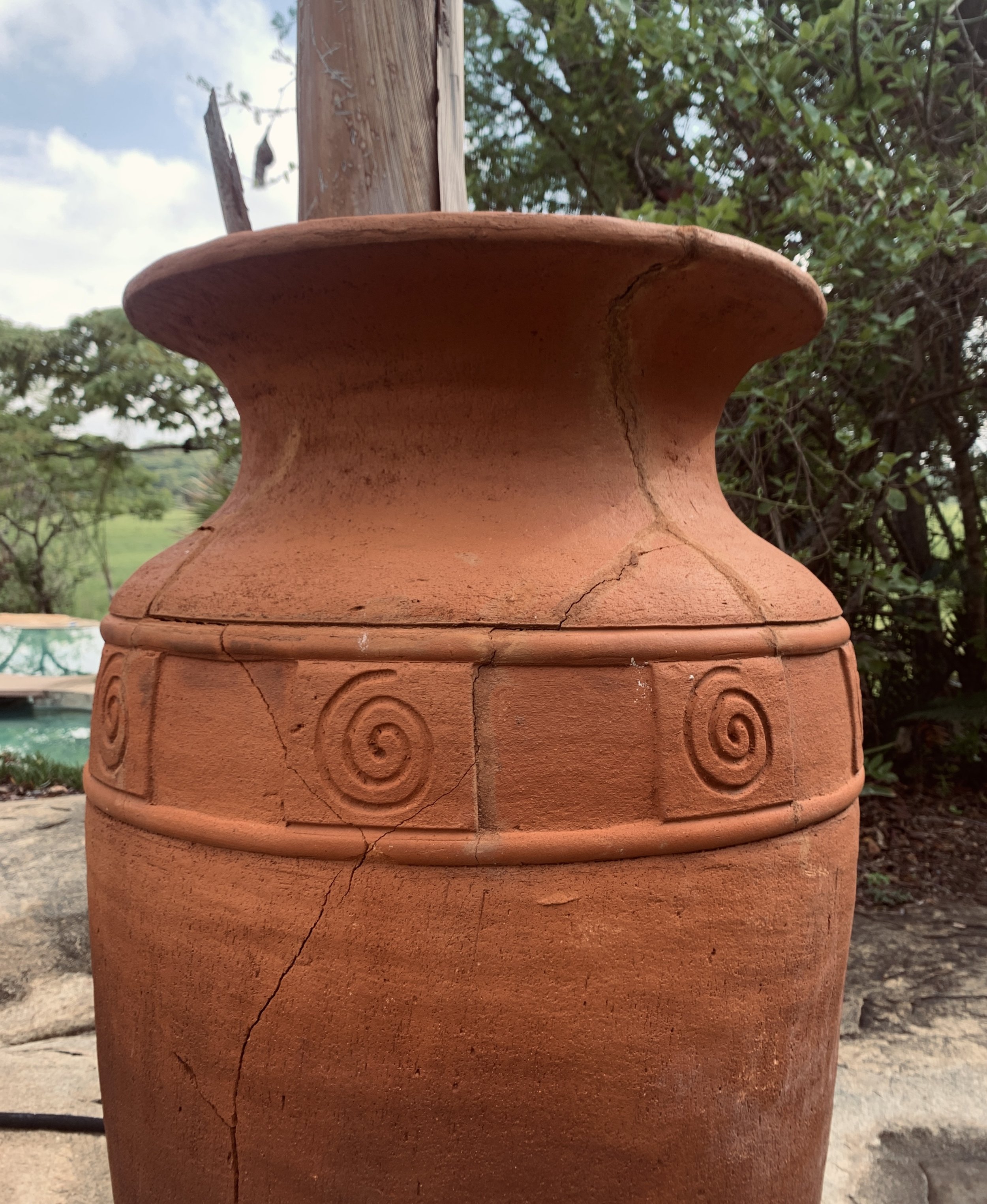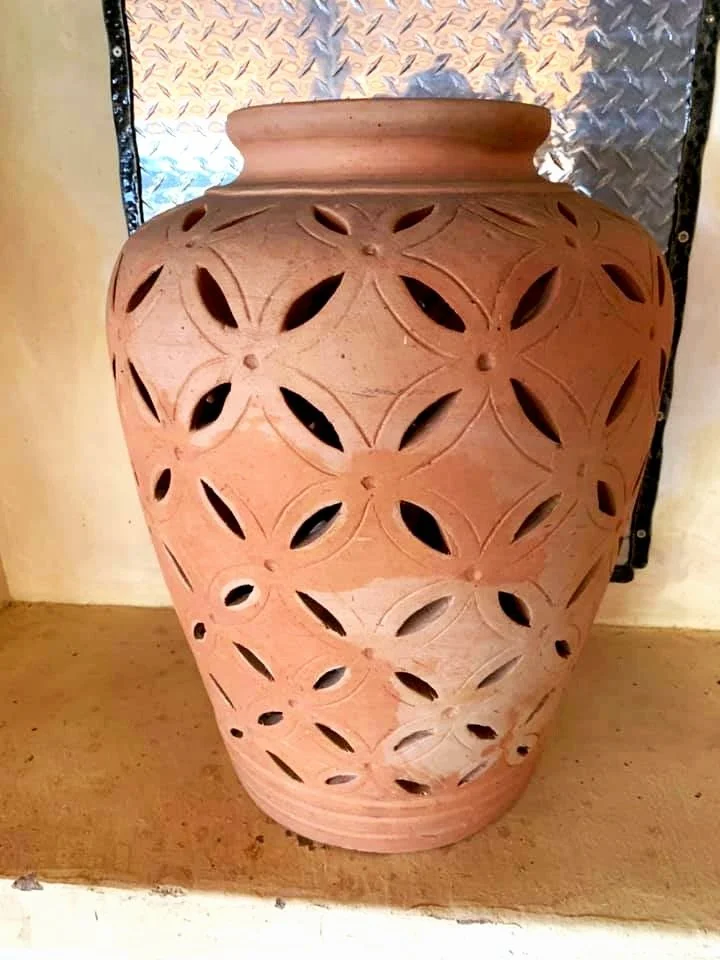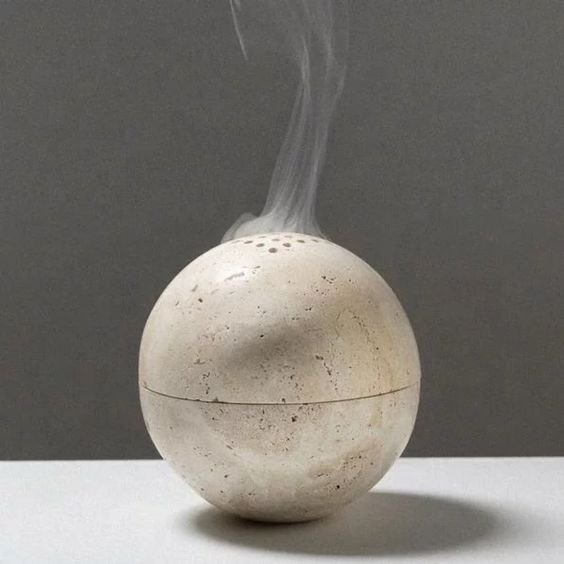Inspired by
Zimbabwean Craftsmanship
Pottery
Just outside Hwange are the potters of Gwaai. They collect clay from the river and make beautiful giant ceramic pots. At some point in the future, I would love to collaborate with them to make something interesting with our own shapes and glaze. Apart from decorative pots, we can develop ceramic water holders for the home as this keeps the water at a cool temperature and also purifies it. Below the pots are some lamps made from ceramic beads and one from upcycled glass. This gives an ethereal feel which could add to our new collections.
When adding color to pots we can use the process of Raku firing them by wrapping nature around them as previously mentioned on my other board or we can get inspired by how the bushmen would paint on rocks.















Baobab Rugs
These women go deep into the African bush and strip some bark from the baobab trees to make a fiber to form mats. There is no harm done to the tree as they imitate what the elephants to do the trees. The colours are all naturally dyed too from other plants. The mats can also get wet which is good for outdoor use or even for the bathroom. I know this operation might not be scalable but it could be interesting if we add it to a limited edition collection and put up the price. I think we could come up with our own pattern and colours to make it fit more in the brand
Instead of baobab fibre, we can collaborate using simple Jute rugs which are added below.






Weaving
There is a community of women in Zimbabwe who are cleaning up plastic bag waste and upcycling them into woven baskets. Zimbabwe doesn’t have a recycling system and this would be a great initiative to dive into if dBodhi wants to expand into more color. The story telling would also fit into today’s trends of sustainability and cultural design.










Textiles
Zimbabwe is incredibly talented at finding innovative ways to dye their fabrics. These fabrics have been dyed by using pap which is called sadza- it’s a local dish made from grinding corn to a powder and then mixed with water. What is revealed when the pap is removed after dying is the beautiful cracks that are formed. If we would collaborate I would simplify the pattern to be less african. Another way is by using potatoes to create a stamp-like pattern, see the images below.







Stone Carving
Zimbabwe has an abundance of stone available. A friend of mine who works in mining tells me there are huge quantities of malachite and Jade which isn’t even what they are mining for. Zimbabwean stone carvers are also incredibly talented. See below the green vase made of stone, it’s all hand-crafted. The design trends this year are all about combining textures with handwoven textiles, complex stones, and expressive woods. We can use stone from Indonesia and Zimbabwe to create more variety and add colour in our collections.

















